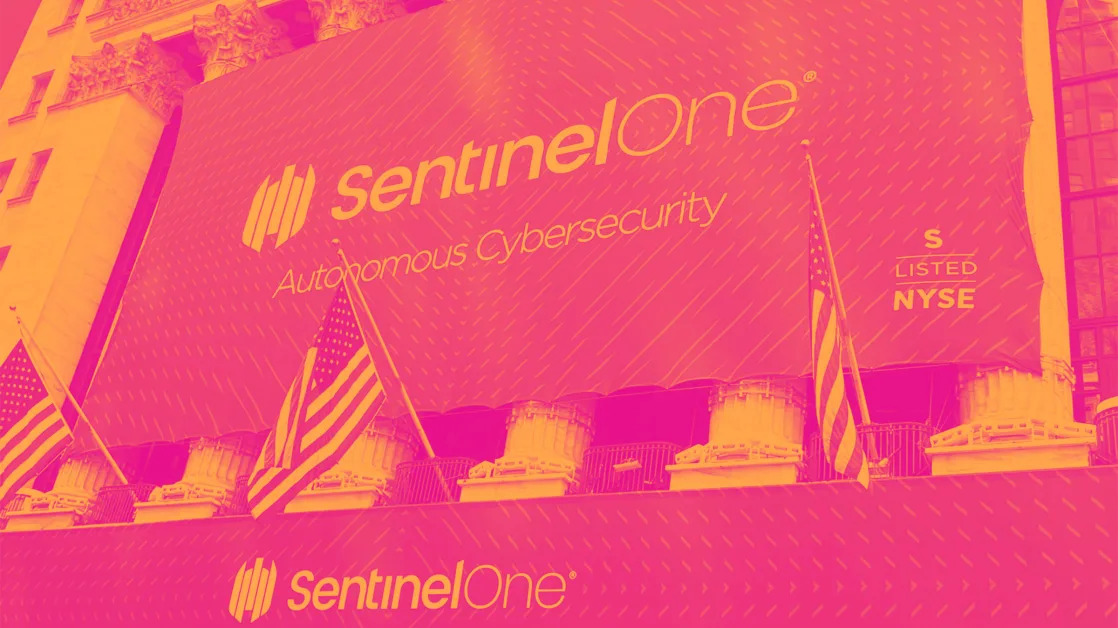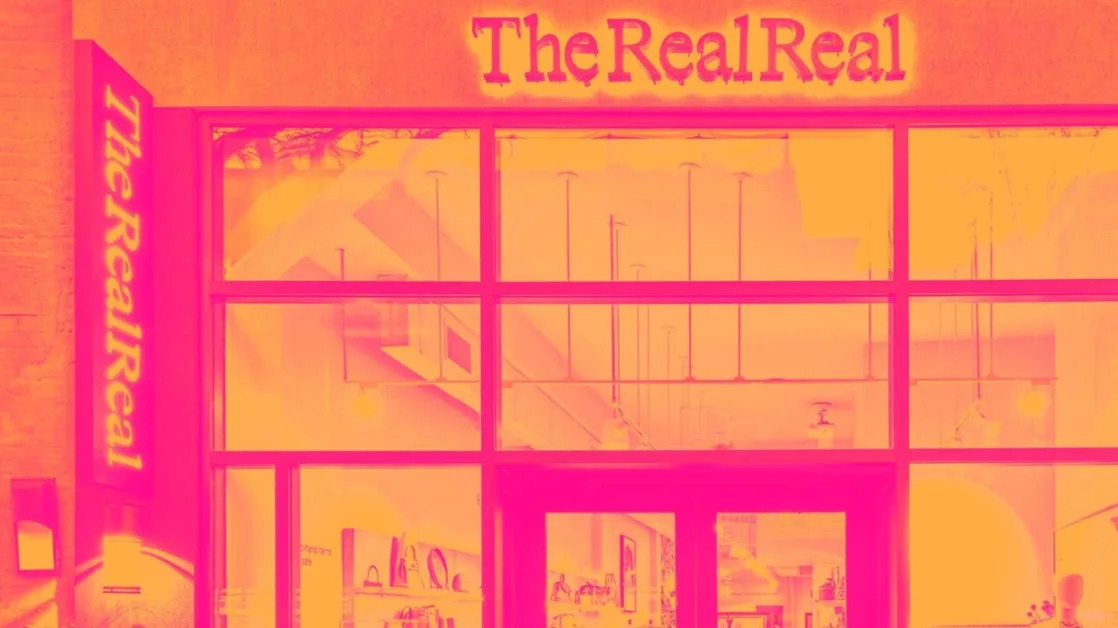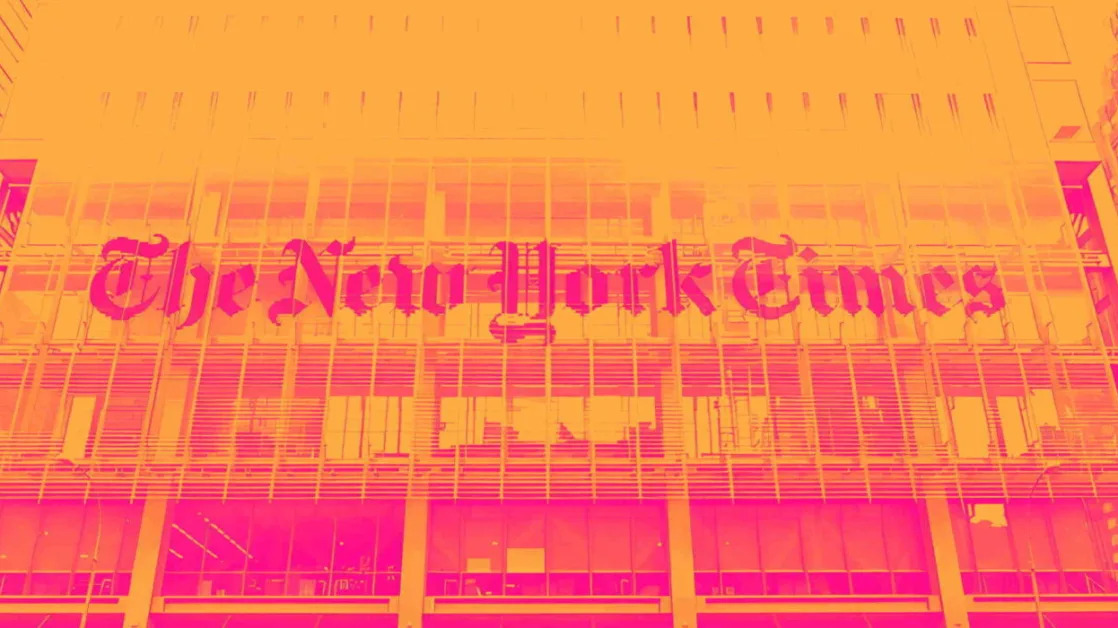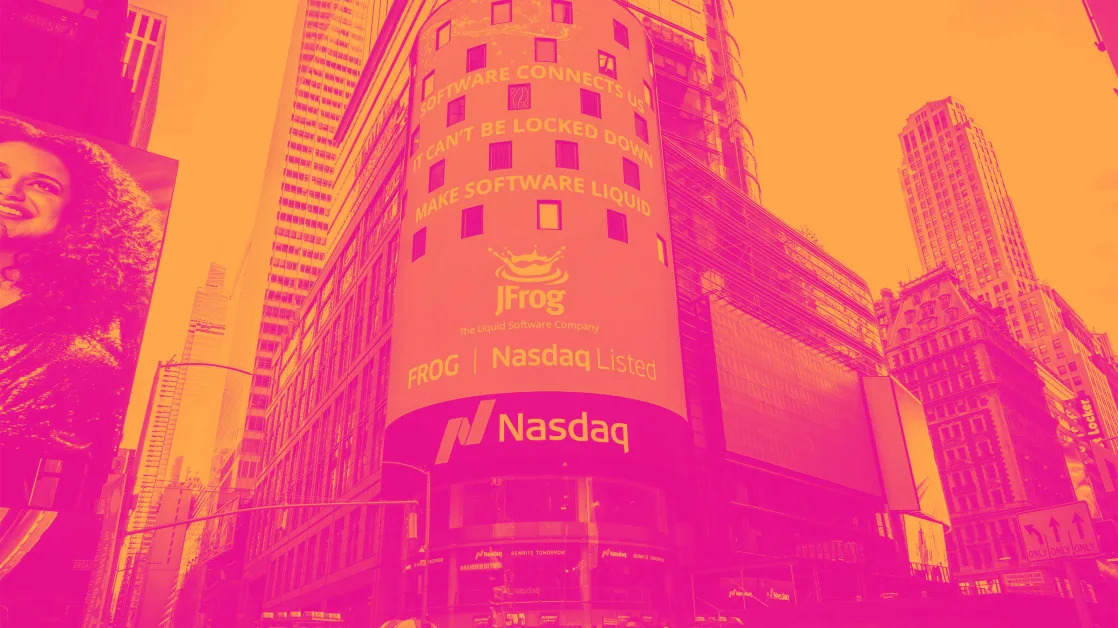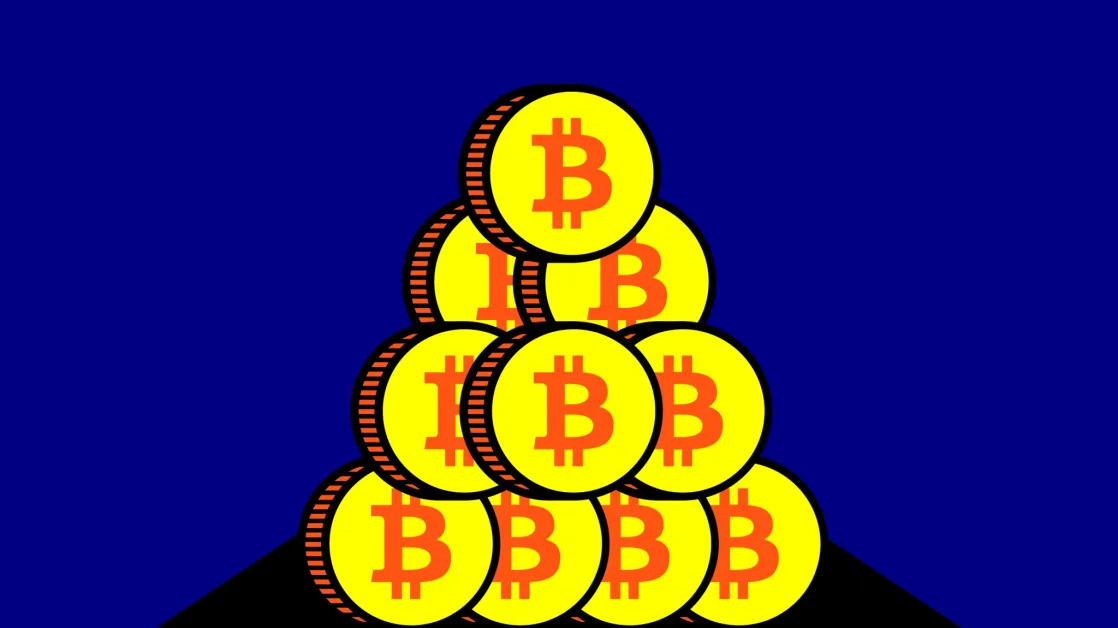1 Mid-Cap Stock with Solid Fundamentals and 2 to Ignore
Mid-cap stocks have the best odds of scaling into $100 billion corporations thanks to their tested business models and large addressable markets. But the many opportunities in front of them attract significant competition, spanning from industry behemoths with seemingly infinite resources to small, nimble players with chips on their shoulders.






